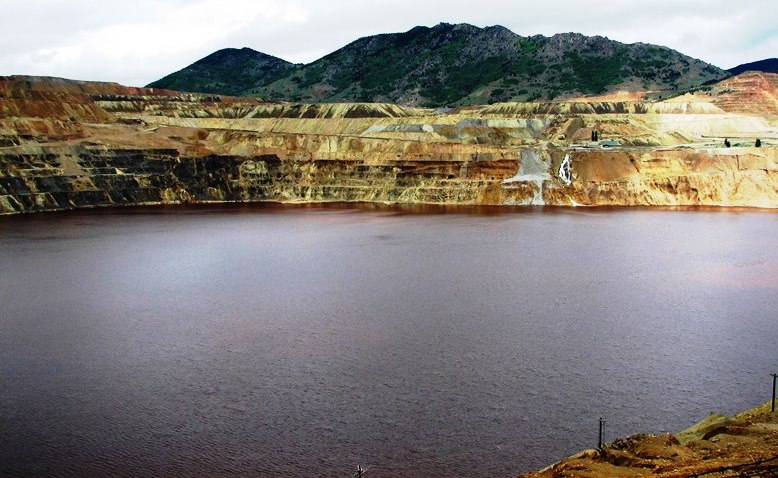The U.S. Environmental Protection Agency has a valuable new area in the Characterization, Cleanup, and Revitalization of Mining Sites portion of their website. It’s a new section devoted to creating and fostering restoration partnerships to address the remediation of mining sites on a watershed basis.
Addressing sites separately could result in inefficient or incomplete cleanups. However, by developing a partnership among watershed stakeholders, a more holistic and comprehensive cleanup and restoration of the watershed can be achieved.
Multiple abandoned mines can contribute contamination to a watershed. These mines may be distributed over several jurisdictions and have different landowners. Addressing them separately could result inefficient or incomplete cleanups. For example, an upstream mine may continue to discharge abandoned mine drainage (AMD) to downstream mines undergoing remediation. This might recontaminate the downstream area, increasing cleanup costs and delaying site restoration. However, by developing a partnership among watershed stakeholders, a more holistic and comprehensive cleanup and restoration of the watershed can be achieved.
Partnerships are not “one size fits all.” Members of a partnership will depend on who owns the abandoned mine lands, who is affected, and who is concerned or interested in addressing mining impacts. Partnerships can include federal, state, and local agencies; and non-governmental partners such as non-governmental organizations (NGOs), community groups, academic institutions, and private-sector companies.
The Federal Mining Dialogue, whose members represent 14 federal agencies, formed the Watershed and Partnerships Working Group to create and share materials that may be useful in developing and maintaining partnerships.
The Watershed and Partnerships Working Group has prepared a training presentation and associated handout that can help you.
As a supplement to the training, the Working Group prepared a four-page handout that summarizes best management practices for developing and maintaining partnerships. The Working Group identified these best management practices through interviews with project managers and other watershed partners.
Here’s a recommended partnership development process:
- Understand the benefits of using partnerships to address abandoned mine lands;
- Identify partners;
- Develop and maintain relationships;
- Define success and develop shared goals; and
- Celebrate success.
The Working Group’s two-page fact sheet, Facilitation/Collaboration Support Resources, identifies programs available to federal agencies that provide facilitation, collaboration and conflict resolution services. Page 2 of the fact sheet identifies several useful training opportunities on these skills, with a focus on partnership development.
Finally, working with non-governmental partners can augment a watershed approach, enhancing and expediting successful cleanup of the watershed. The handout Partnering with Non-Governmental Partners provides some suggestions. The handout includes a story map that documents the work of the Kerber Creek Watershed Partnership in restoring a healthy watershed to a region degraded by silver mines.
The Federal Mining Dialogue, whose members represent 14 federal agencies, formed the Watershed and Partnerships Working Group to create and share materials that may be useful in developing and maintaining partnerships. These materials and other resources are available for download and links to example partnerships are provided.
Photo of the toxic, closed Berkeley Pit copper mine in Butte, Montana by Storm Cunningham.

